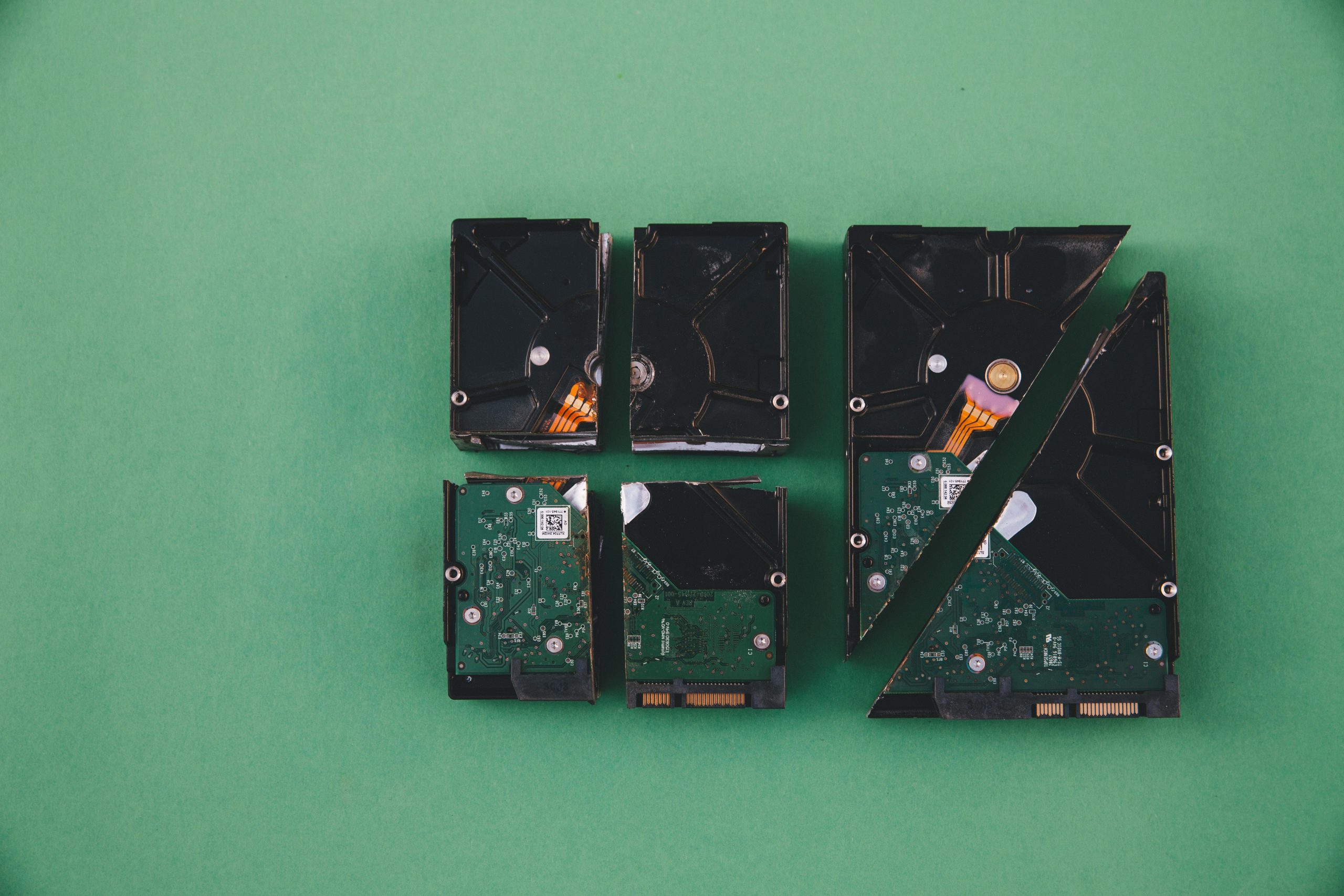Understanding iTunes and Its Recovery Files: A Comprehensive Guide
iTunes, Apple’s multimedia and device management application, has long served as the cornerstone for managing content on iPhones, iPads, and iPods. While many use iTunes for transferring music, videos, and apps, it also provides crucial functions, such as restoring and recovering iOS devices. However, these operations can sometimes lead to unexpected issues, especially related to storage, as in the case where recovery files inadvertently consume valuable hard drive space. This blog post delves into the intricacies of iTunes recovery files—what they are, where they are stored, and how to manage them efficiently.
What are iTunes Recovery Files?
Before addressing storage concerns, it’s important to understand what iTunes recovery files are. These files are essentially part of the firmware restoration package that iTunes downloads whenever you restore or update your iOS device. Apple’s devices, like iPhones and iPads, operate on iOS, a sophisticated operating system that occasionally requires updates or restoration due to Software glitches or updates.
Why Are Recovery Files Important?
Recovery files help:
– Restore Devices to Factory Settings: If your device is suffering from persistent issues, a full restore using iTunes can resolve software-related problems.
– Update iOS: iTunes can also download and install the latest iOS version on your device.
– Fix Software Issues: When an iPhone or iPad is in recovery mode due to unresolvable Software crashes, iTunes can use these files to bring the device back to operational status.
Where Does iTunes Store Recovery Files?
After understanding the utility of these files, let’s turn to the crux of the issue: where does iTunes save these recovery files on your computer?
For Windows Users
On a Windows PC, iTunes generally stores software updates and recovery files in a specific directory. By default, these are not files you’d typically encounter unless you’re specifically looking for them. Here’s where you can find them:
- Windows 10 and Later Versions:
- Open File Explorer
- Navigate to
C:\Users\[Your Username]\AppData\Roaming\Apple Computer\iTunes\iPhone Software Updates
For Mac Users
On a Mac, the location is slightly different. Files related to iPhone or iPad updates are stored in the following directory:
- macOS (Catalina and later):
- Use Finder and navigate to:
/Library/iTunes/iPhone Software Updates
- Use Finder and navigate to:
- macOS (Mojave and earlier):
- Open a Finder window.
- Use
Go to Folderfrom the Finder’sGomenu. - Enter:
~/Library/iTunes/iPhone Software Updates
Why Do Recovery Files Consume So Much Space?
Firmware packages, often referred to as IPSW (iPhone Software) files, can be quite large, often exceeding several gigabytes. This is because:
- Comprehensive Firmware: The IPSW encompasses the entire iOS system, packed with security updates, new features, and bug fixes.
- Multiple Devices: If you manage multiple iOS devices via one iTunes account, these files can accumulate quickly.
- Failed Downloads: As noted in the original Reddit post, incomplete or failed downloads due to insufficient storage don’t always clean up properly, orphaning large files on your drive.
How to Manage iTunes Recovery Files
To reclaim valuable storage space, it’s crucial to manage these files actively. Here’s a structured approach:
Automatic Cleanup
iTunes, in its more recent iterations, attempts to automatically manage firmware downloads by removing them once they’re no longer needed. But given the occurrence of failed downloads, manual intervention may still be necessary.
Manually Deleting IPSW Files
For detailed clearing, manually delete files:
- Locate and Delete: As discussed, navigate to the specific folder where updates are stored and manually delete older or unneeded files.
- Disk Cleanup Tools: On Windows, use built-in tools like Disk Cleanup to identify and clean large temporary files. On a Mac, utilities like
CleanMyMacorDaisyDiskcan provide visual feedback on what occupies your disk space.
Verify What You Need
Before deletion, ensure you:
– Know Your Devices: If managing devices with different iOS needs, ensure you keep files relevant to those versions.
– Secure Backups: Back up essential files before removal. Use iCloud or an external hard drive to safeguard data.
Additional Tips: Managing Space When Using iTunes
Managing iTunes-related elements can significantly impact your computer’s storage efficiency. Consider additional space-saving steps:
Regular Backups and Management
- Optimize iTunes Library: Frequently review and optimize your iTunes library. Remove unwanted songs, apps, or media files.
- iCloud Optimization: Use iCloud when possible to store backups and media. This cloud service can significantly reduce local storage dependencies.
Stay Informed
- Release Notes and Updates: Apple frequently updates iTunes. Staying informed about these updates can help you anticipate and manage necessary downloads.
Storage Health Monitoring
Software solutions like WinDirStat for Windows or Disk Inventory X for macOS can offer insights into space usage, helping you proactively manage storage and keep an eye on substantial files, including any unexpected IPSW file growth.
Conclusion
iTunes recovery files, while vital for maintaining and restoring iOS devices, can pose significant storage challenges if not managed effectively. By understanding where these files reside and regularly monitoring your storage health, you can ensure that they don’t consume unnecessary space on your computer. Regular maintenance and awareness of your device’s needs not only enhance space management but also ensure smooth operations whenever you need to restore or update your Apple devices.
Share this content:



